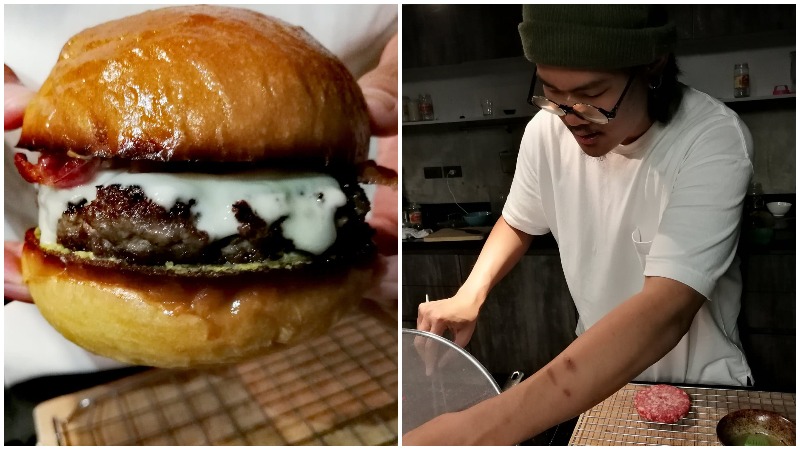Taiki Tsubota has become a viral star — not just because of how his homemade burgers taste, but also due to the fact that he only makes four of them per day. This limited production is just one of the factors behind the sky-high levels of demand he’s dealing with.
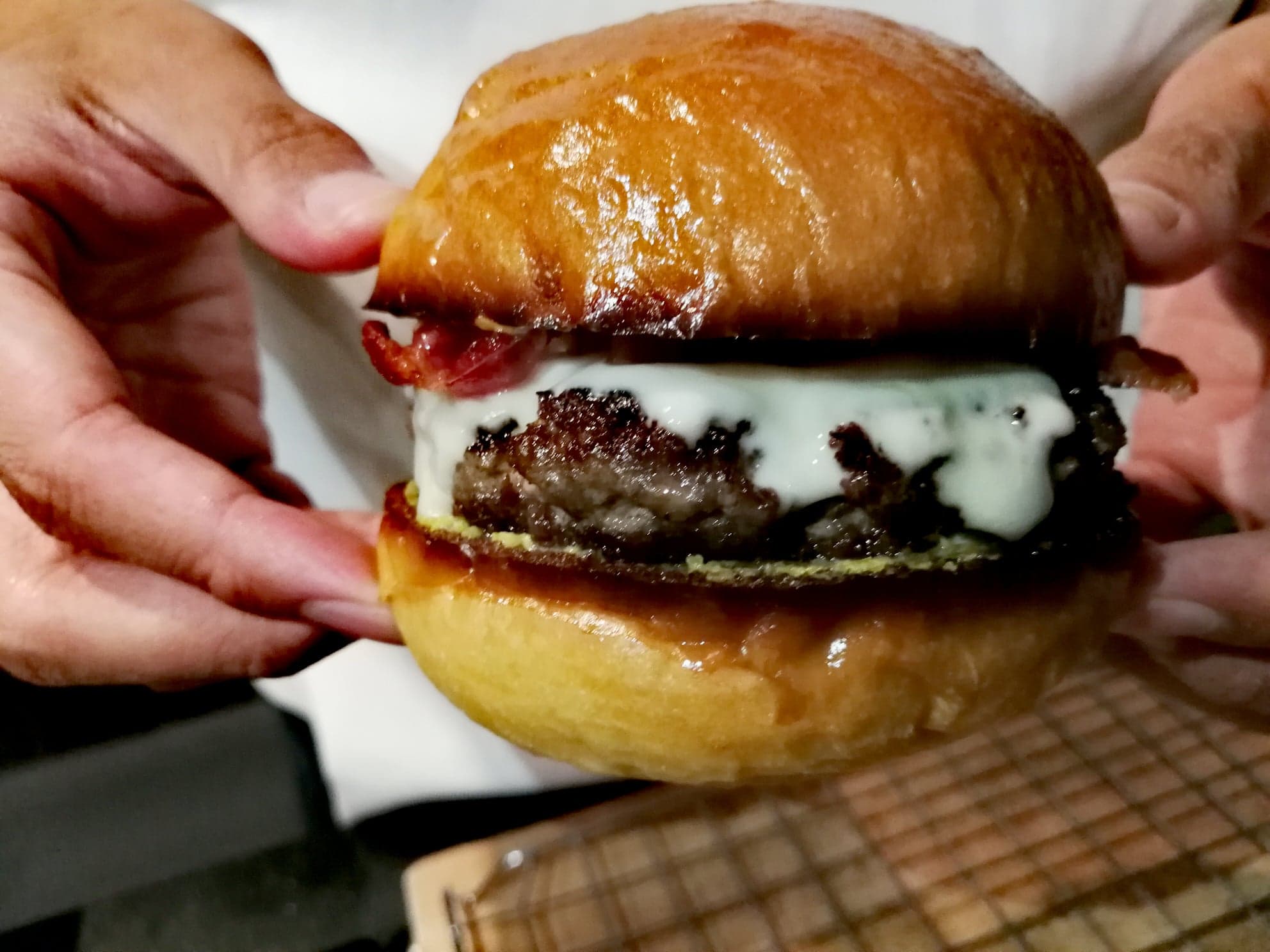
He started his burger project back in April, and now has a wait list of 1,000 people and counting — this momentum mostly generated after his burgers were featured on a handful of notable local food blogs and prominent social media profiles. As word continues to spread, Taiki refuses to pick up the pace on production, and that just makes burger-lovers even more frantic for a reservation at this operation of his — which is, frankly, not even an actual restaurant.
https://www.instagram.com/p/BmkH_sphseL/?utm_source=ig_web_copy_link
Taiki, 24, is Japanese-Thai and doesn’t like to be called a chef. He cooks out of the kitchen of a co-working space in Bangkok’s On Nut, under the name Homeburg. He calls it an “experimental kitchen” and lets guests pay what they think the burger is worth, rather than setting a price for it. As he sees it, Taiki explains, it’s research for the restaurant he may or may not open someday in the future, which would serve — we hope — more than four burgers a day.
Coconuts got to visit Taiki in this kitchen at 11pm on a recent weeknight, when he agreed to make his special burger for us. He knows the wait list has gotten incredibly long. He says he wishes he could reply to everyone who inquires about a seat, but he simply cannot — and it’s a fact he feels badly about.
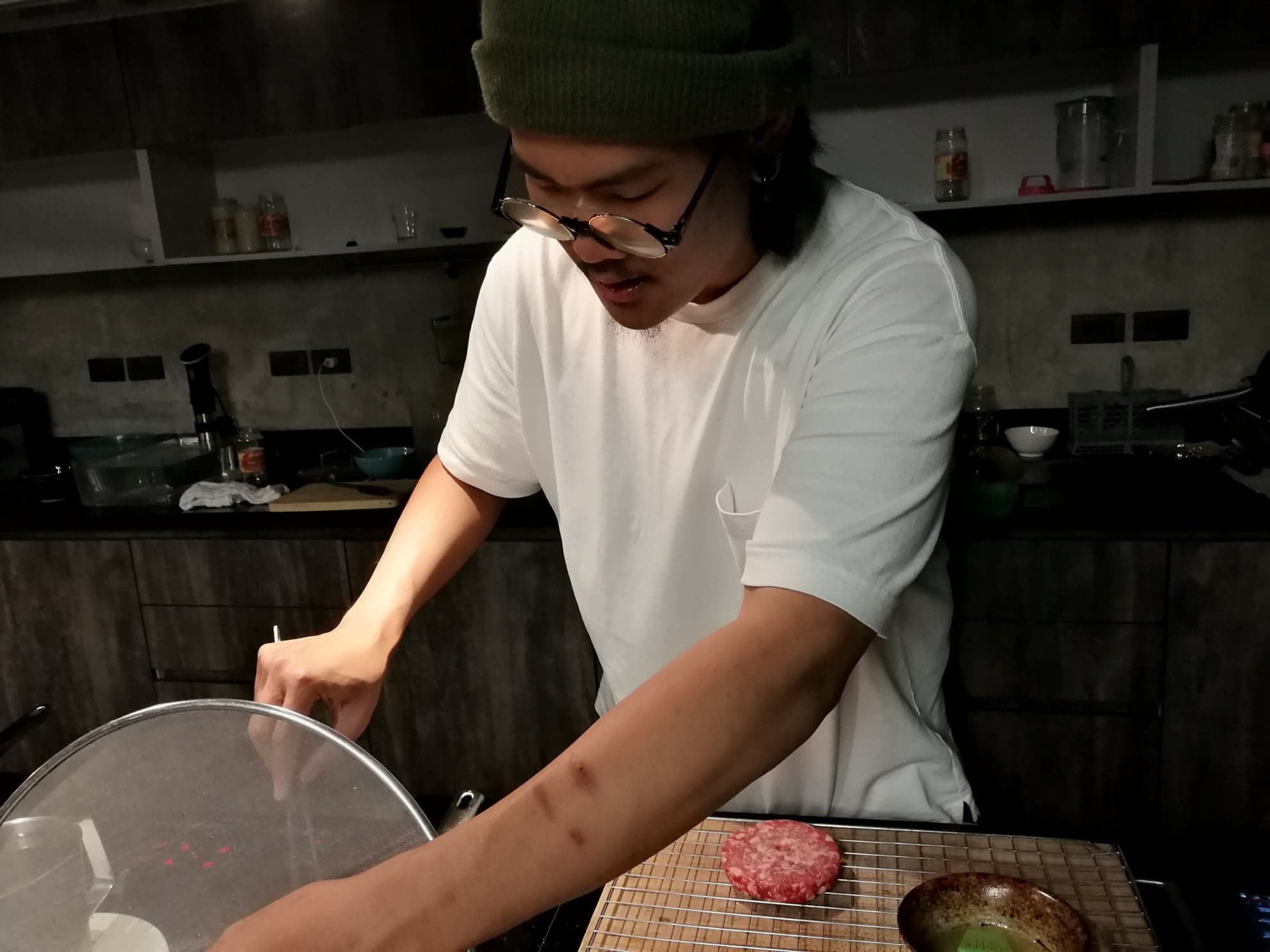
We felt lucky to get a seat, and the occasion seemed momentous enough that this writer — a non-meat eater for over 15 years — ate part of a burger here, and left with no regrets.
When we asked Taiki to tell us why the burger is so popular, he said: “This burger is not all about meat, it’s about harmony.”
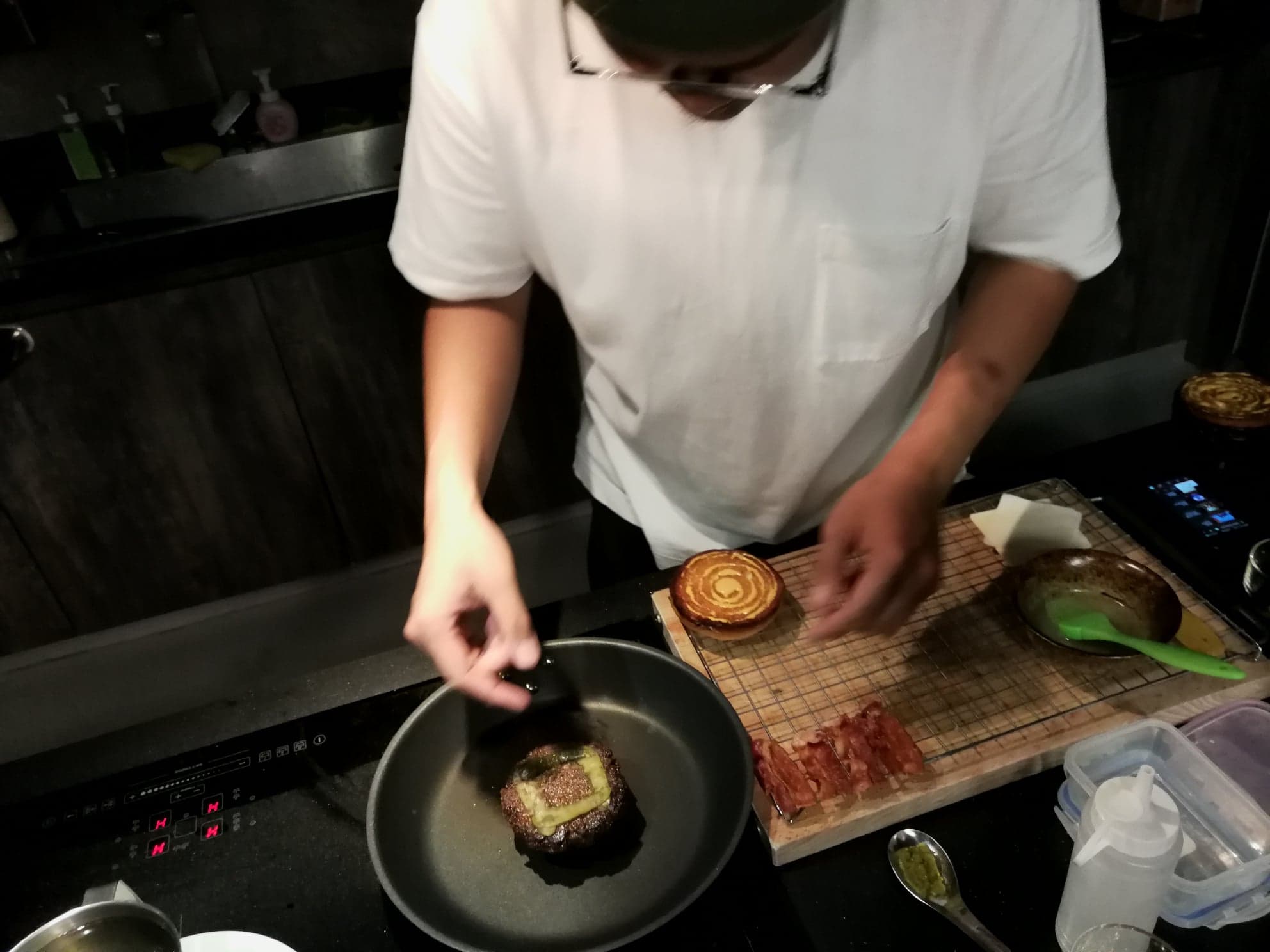
Unlike other well-known burgers in Bangkok where we can easily point out the ‘it’ factor that defines it — say, the unusual sauce, the wagyu patty, or the lobster claw sticking out of it — Taiki claims his burger is all about each element working together, without any one taking center stage or overshadowing the others.
But his previous guests tend to say it’s the bun that makes the burger work so well. He uses a Japanese milk bun, the kind that’s usually stuffed with sweet red bean paste — it’s a bit of an unexpected choice, sure, but what truly makes it special is the attention paid to heating it.
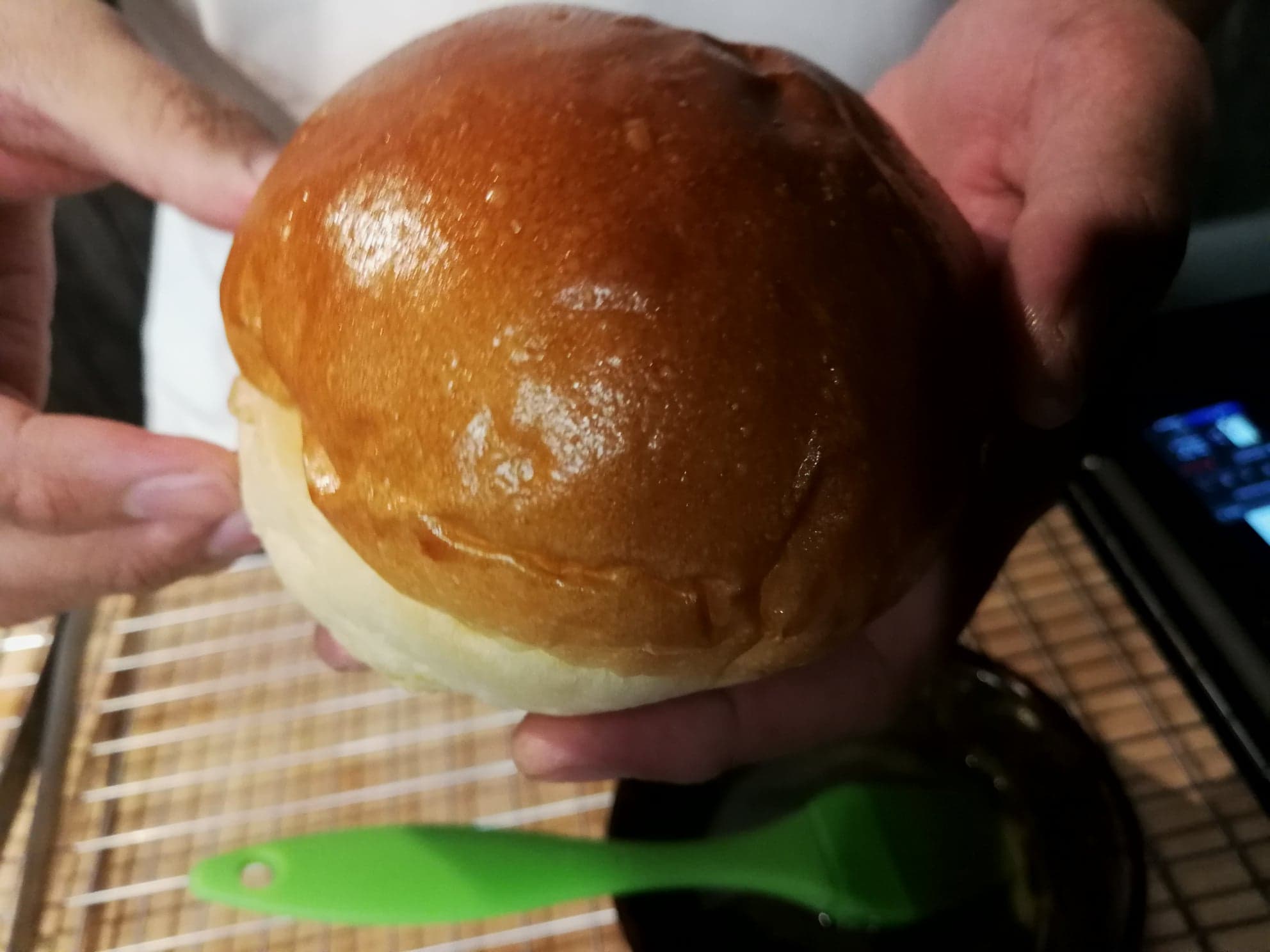
“I always think about the user experience. Many of my friends are girls and told me they hate burgers because they are messy. I realized that the problem was the bun, specifically the bottom part of the bun getting soggy. That’s because they cook the burger first and toast the bun after. The griddle is super hot so they cook the surface of the bun very quickly or it will burn, so it’s crispy in a very thin layer and the meat soaks through the toasted part quickly,” says Taiki.
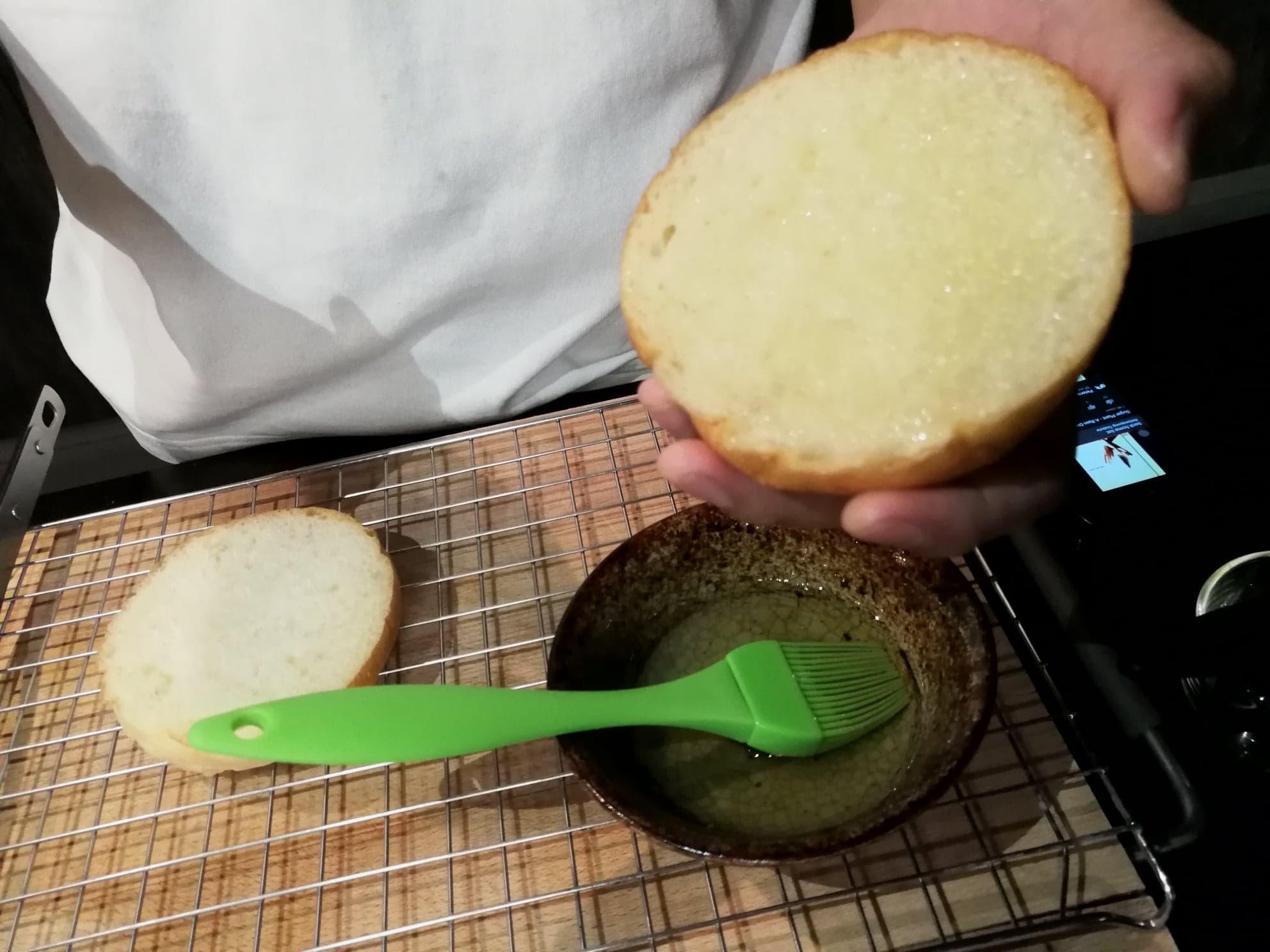
“So, I cook the bun first, [which is] brushed with my own rendered beef fat, on medium heat for longer time. So you get the layer of crispiness going deeper through the fluffy bun that’s going to better absorb to juice and fat.”
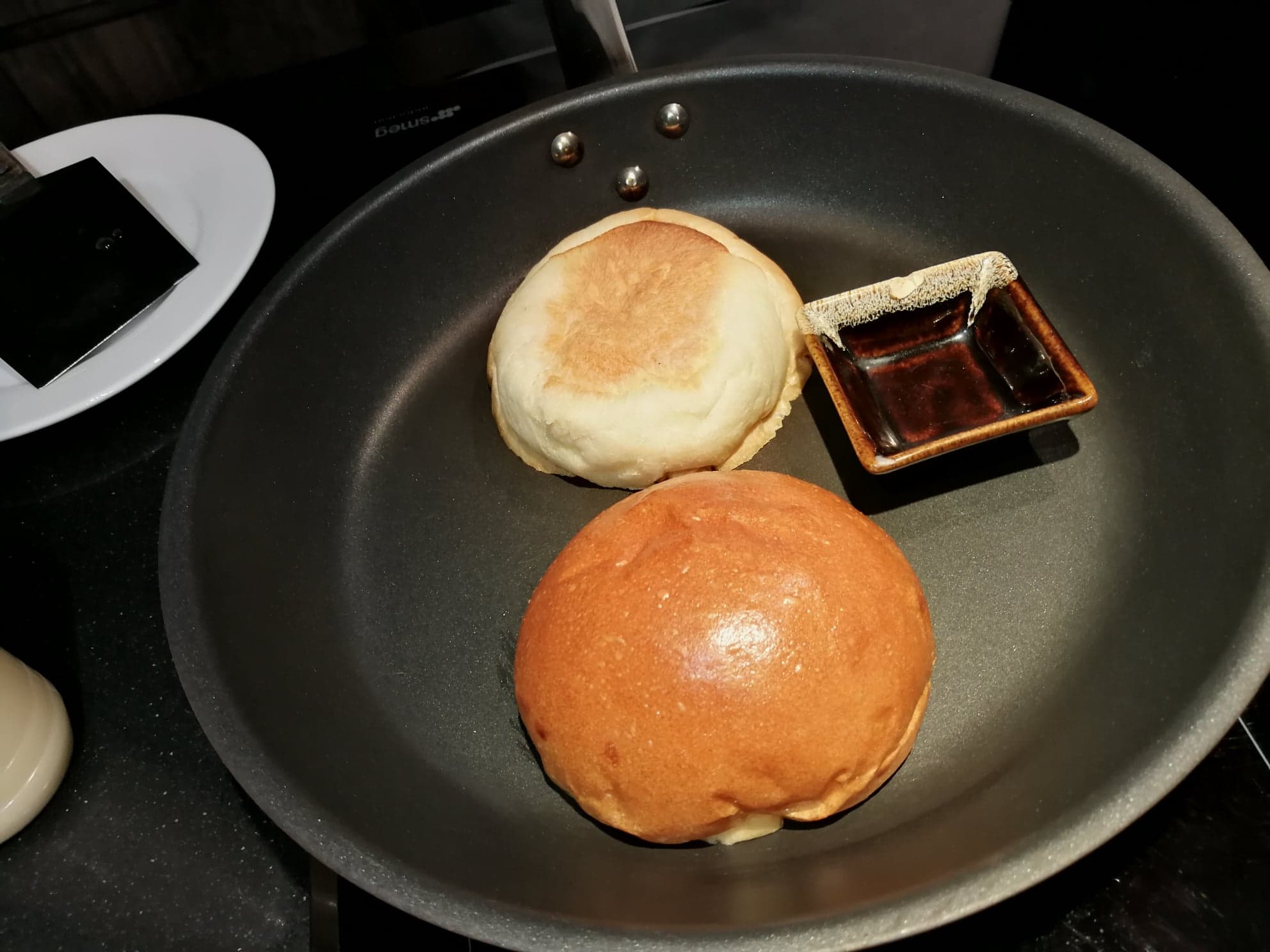
At the same time, he covered the grilling bun under a domed lid with a small cup of water, letting the top part stay moist and become steamed like a Chinese bun, creating crispy and soft, hard and pliable layers in one item.
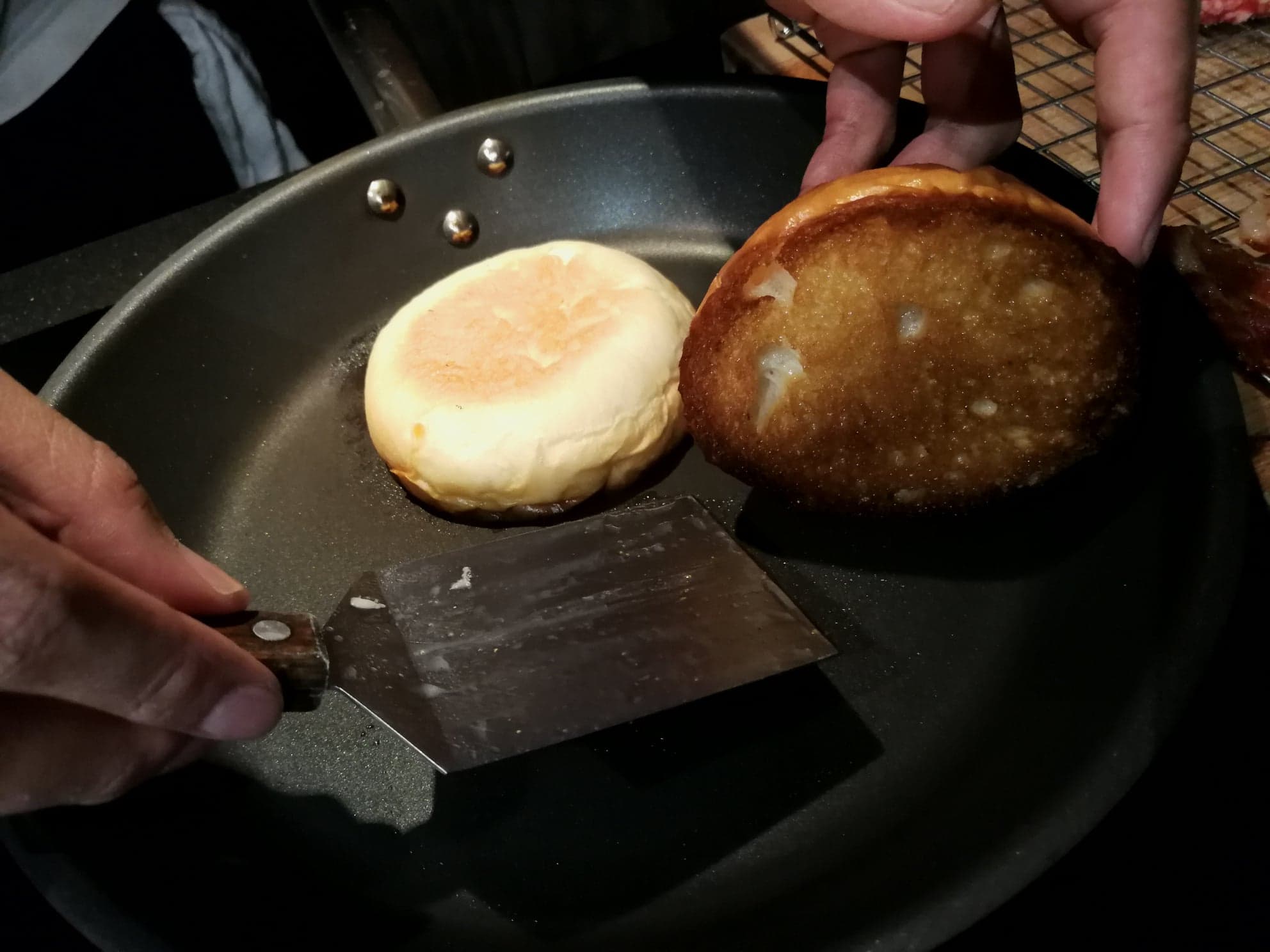
When the bun was finished, he showed us how it was steamed about two-thirds of the way and grilled throughout the final third section.
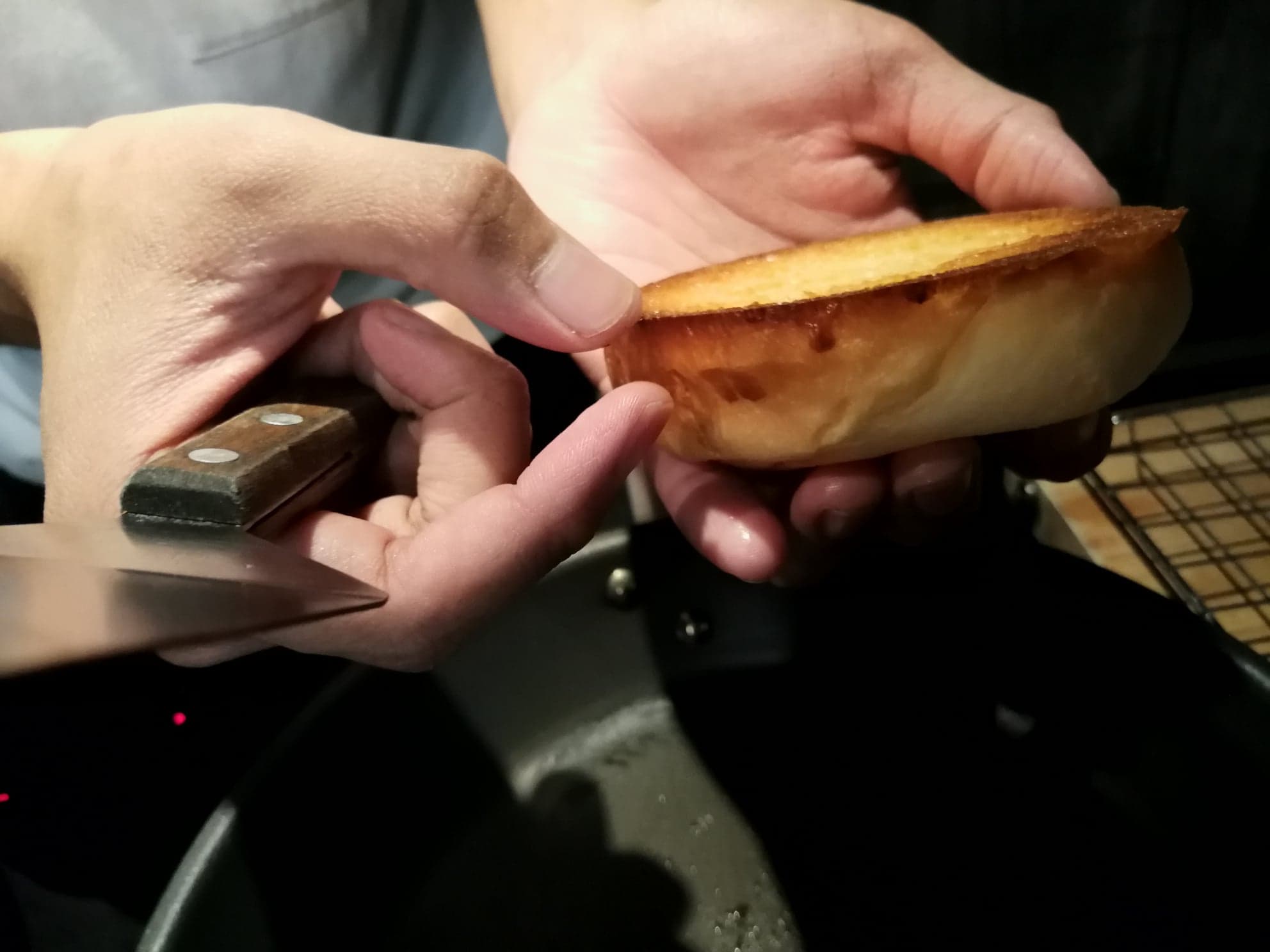
Most people who have tasted the burger give it the highest of praise, citing the balanced flavors, remarkably good bun, and exhaustive focus on the small details that all add up to create something really special.
All of this has worked to create an almost mythical hype around the unassuming young man, who says he became interested in burgers in 2014 while working a summer job in a restaurant kitchen in the US.
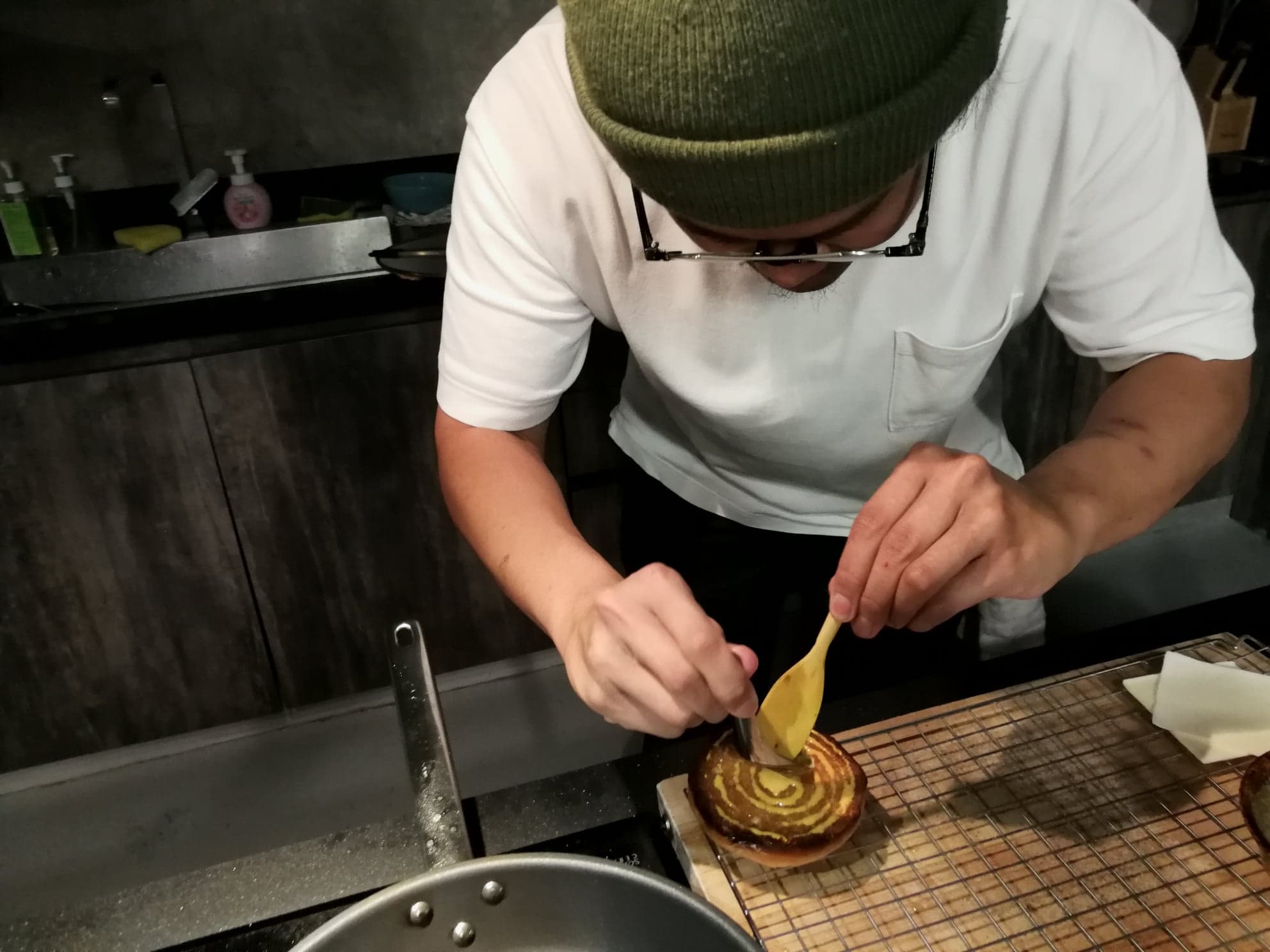
Though he began experimenting then, it wasn’t until he returned to Thailand and realized he couldn’t find a burger he loved, that he started making burgers seriously. He’s been refining the recipe he uses at Homeburg for two years, simply making them the way he liked for himself and a few friends.
Taiki won’t name another burger he likes or dislikes in Bangkok, instead answering diplomatically: “That’s why I thought it would be a good opportunity for me to work in this business.”
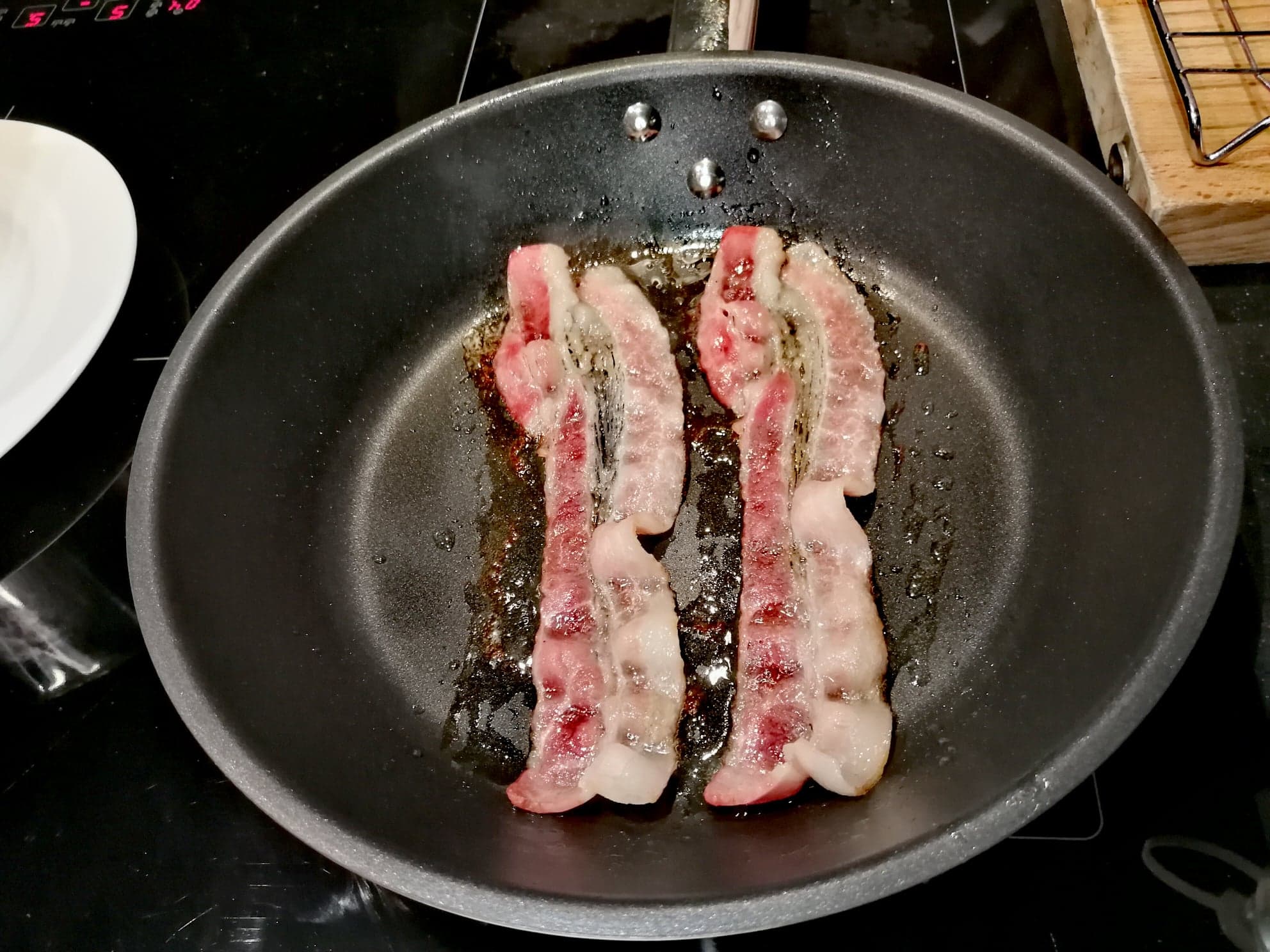
Referring to himself as both a problem-solver and a perfectionist since birth, he claims to have watched every burger video on YouTube and to have done exhaustive research on the chemistry of each step of the process.
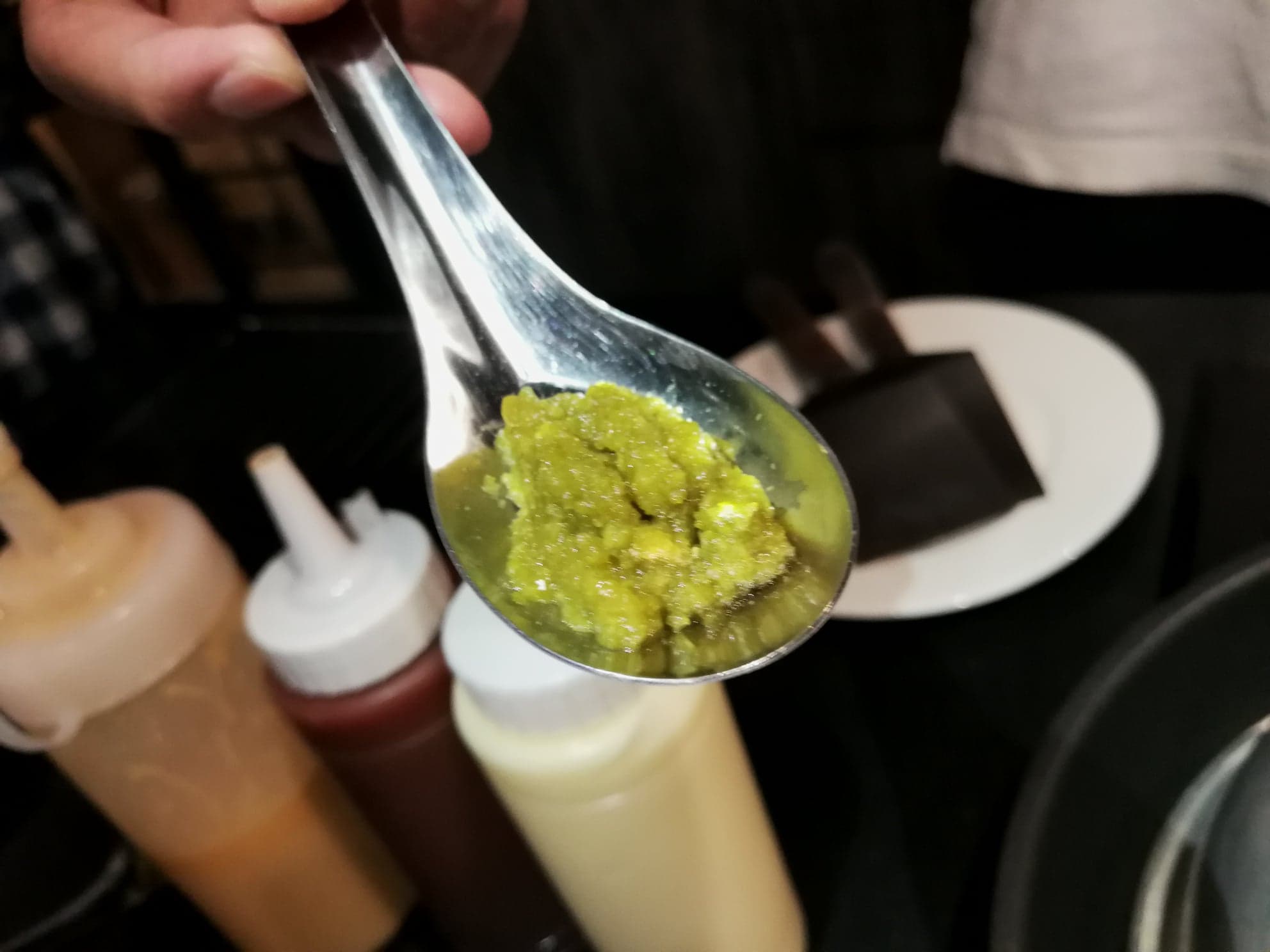
His standard burger has no raw vegetables on it, though it does have exactly seven grams of finely chopped pickled jalapenos and four paper-thin slices of gherkin held in place by two slices of melted white American cheese — that’s then topped with two slices of bacon, which are cut to run across the diameter of the burger just so, and a light brushing of a caramelized lemon glaze.
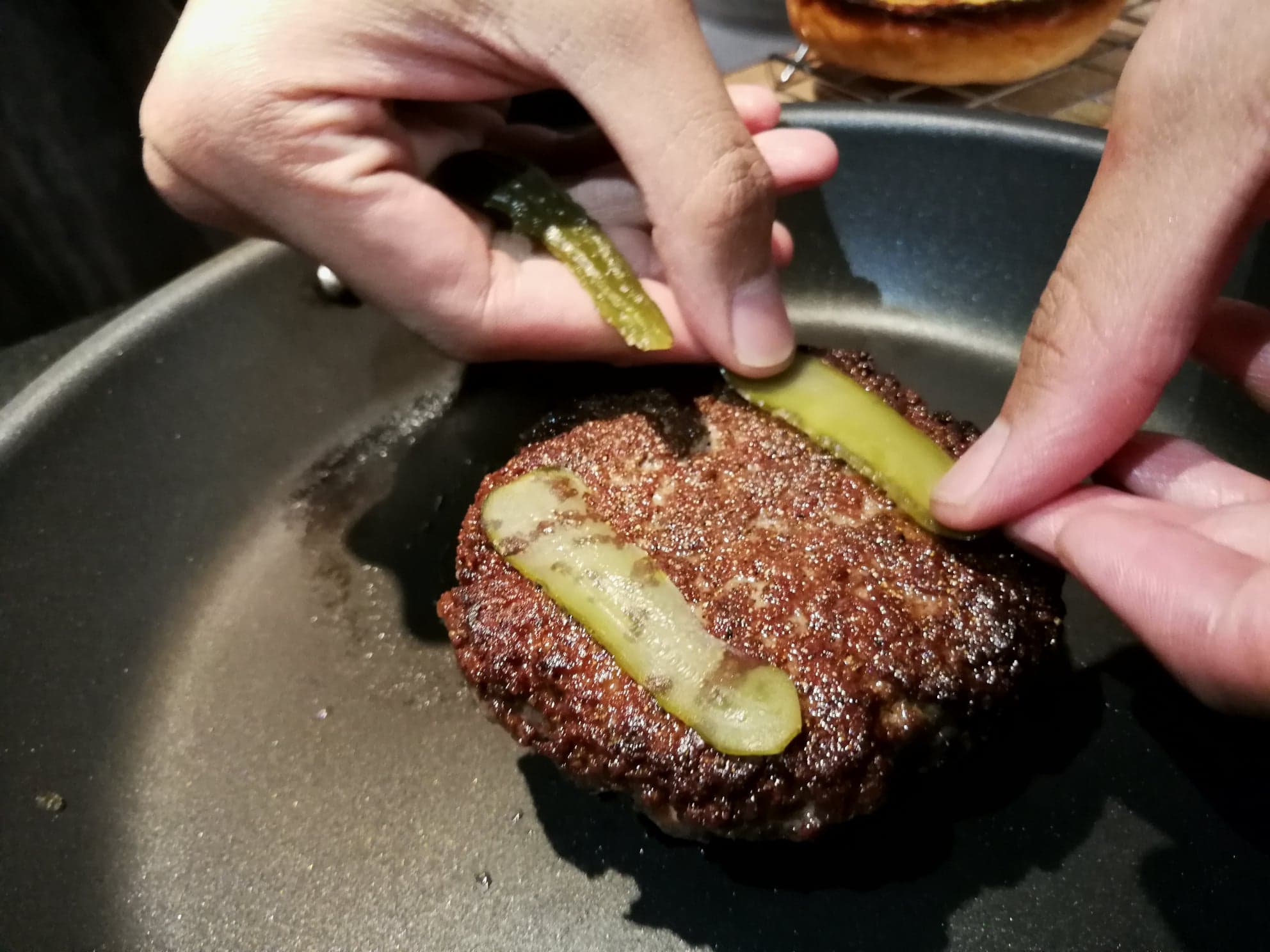
His burger has enough going on, texture-wise, that it doesn’t need lettuce and tomato, which normally add crunch and, at times, act as a moisture barrier between an overly juicy patty and a delicate bun.
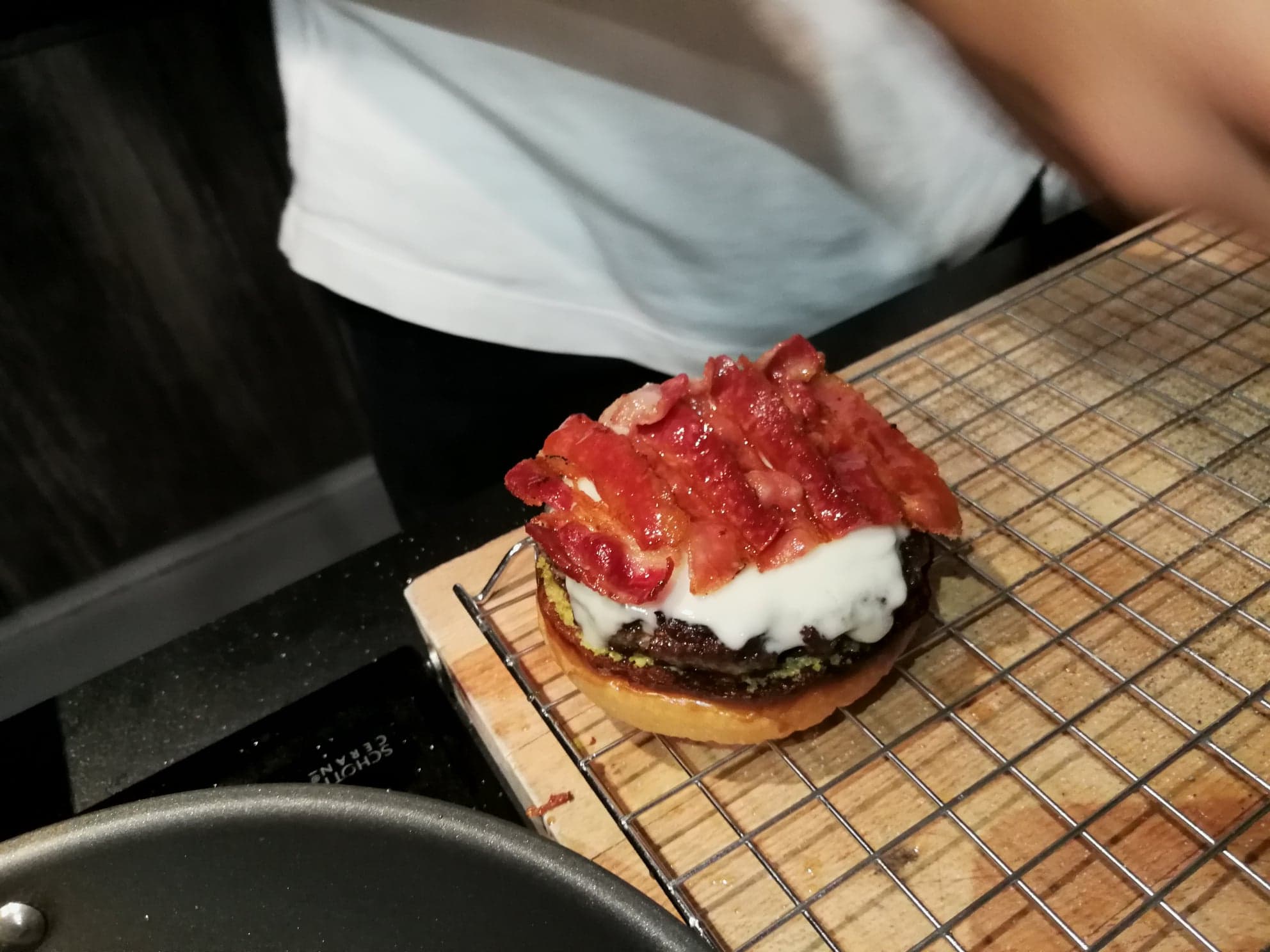
Taiki is proud of the textures in his burger, saying: “The texture comes from three levels of crispiness: the bun, the surface of the patty, and the bacon.” To ensure the crisp patty, he coats it with rendered fat, uses a tiny cast iron pan that can only cook one burger at a time, and dries the surface of the patty before cooking with a small amount of salt and baking soda.
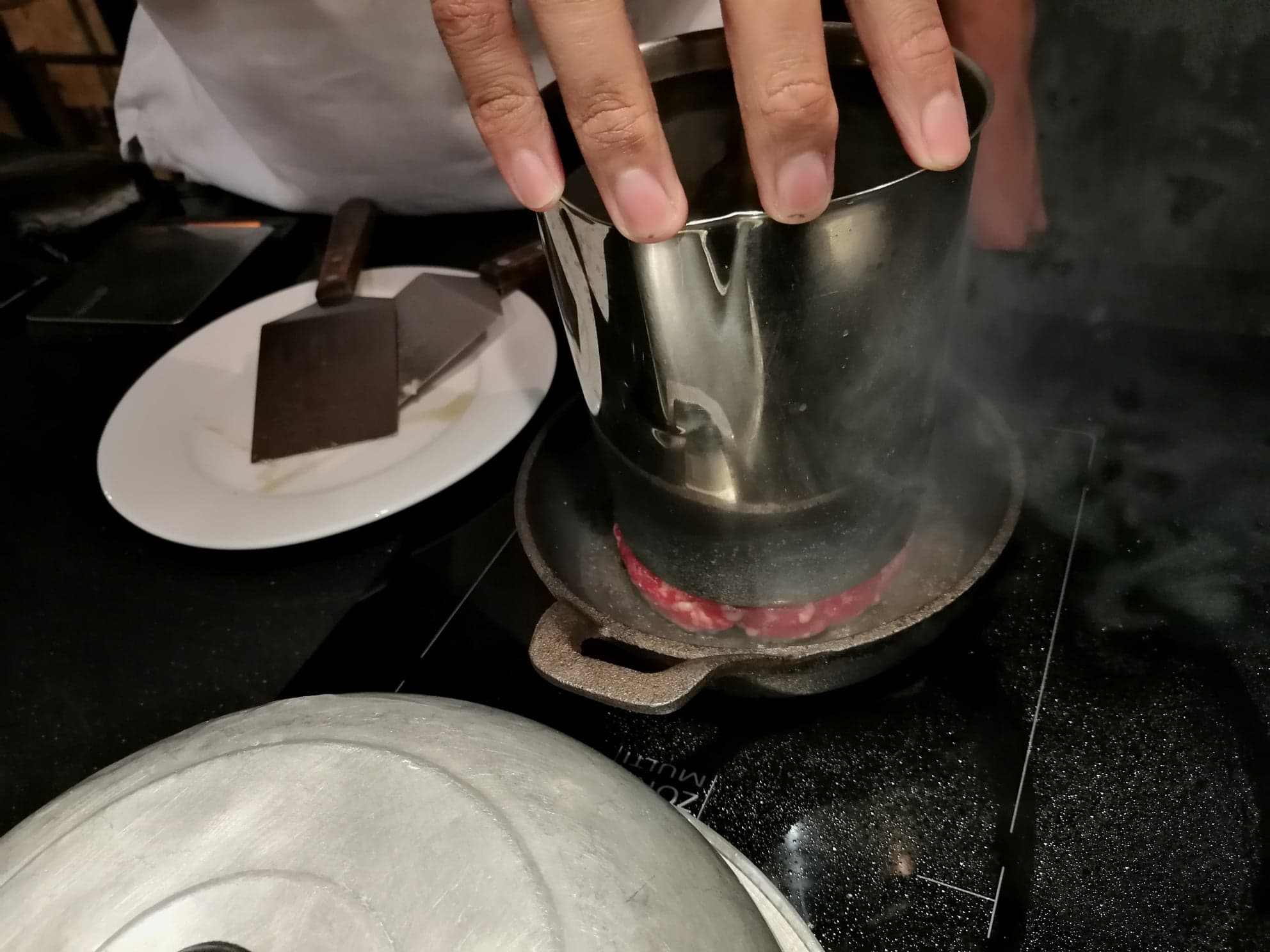
He has strong feelings about certain ingredients: He hates brioche buns, and all vegetables. He messaged us on the day of our reservation to ask if we like lettuce and tomato in our burgers. If not, he would not buy them. He buys his ingredients fresh each day, he explains — stopping by his favorite Thai-French butcher, a Japanese bakery, and Makro food wholesaler each morning to collect the ingredients required for that night’s burgers.

He says that his burger is detail-oriented, yet still simple, and he makes no effort to hide the fact that some of his ingredients are not pricey. Before going in to try Taiki’s burgers, we heard one Bangkok food insider gripe, “He gets his ingredients at Makro.” This person then followed that with an admission that the burger was indeed delicious.
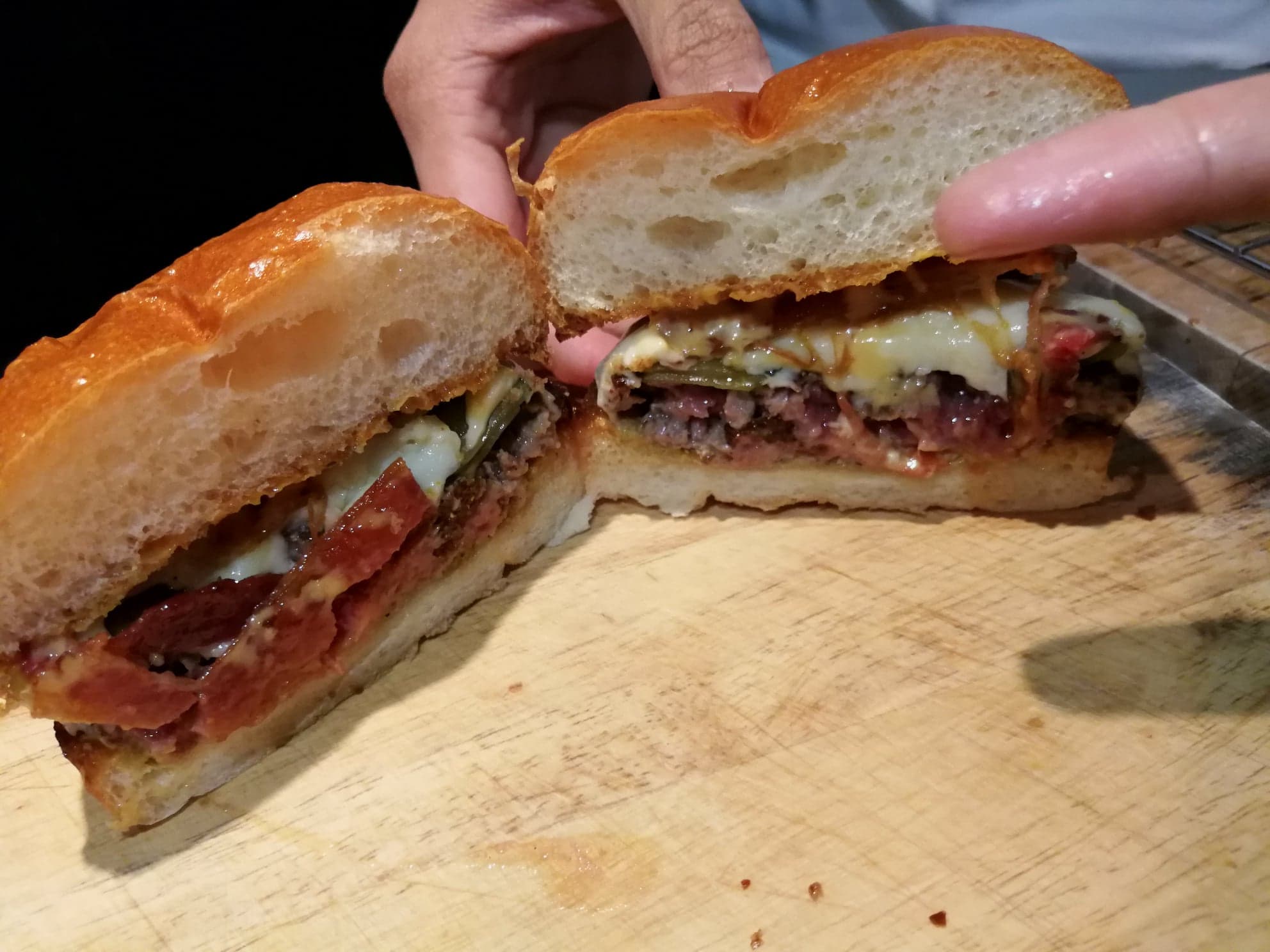
When we met Taiki, after seeing the viral videos of him, his methods — his process, if you will — and hearing the hype surrounding the burgers, we expected we might meet someone with a marketing degree. Surely this was going to be someone who knows that keeping supply at just four burgers a day would be a tactic — some have called it a gimmick — to make his product go viral.
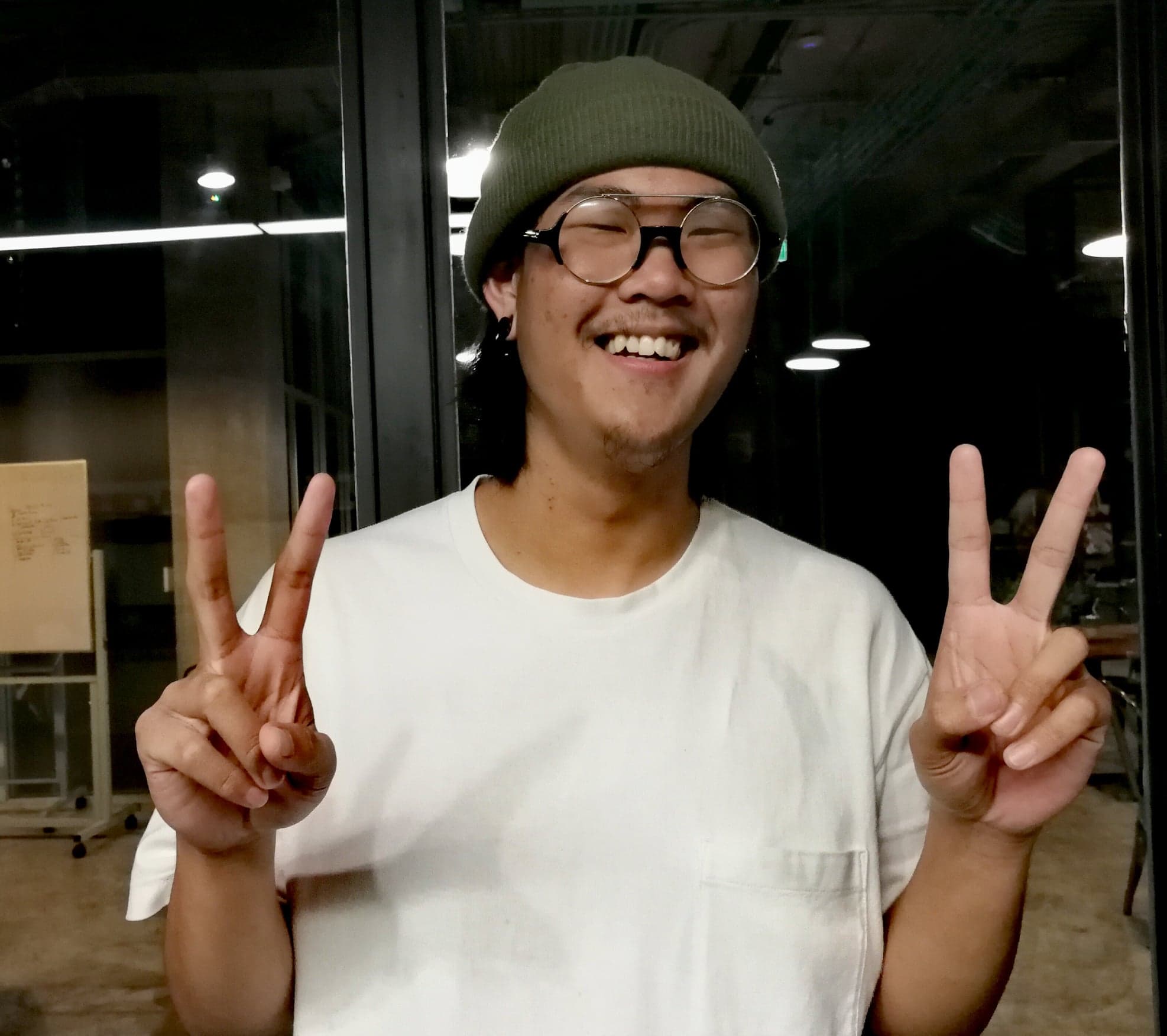
However, Taiki plays it off, as if he still doesn’t know how his burgers became a viral phenomenon, or why so many people are interested in him — but we also got the feeling that he is more of a clever entrepreneur than he lets on.
The pay-what-you-wish scheme is one of those details that makes us think this popularity wasn’t just an accident. And, it certainly seems to work. We paid THB1,500 (US$45) for two burgers. Taiki said he’s been paid as much as THB1,500 for just one burger.
https://www.instagram.com/p/Bms6ClInxkO/?utm_source=ig_web_copy_link
As far as opening a larger restaurant, he said: “It could happen, but I like this kind of feeling, where I talk to each customer. I opened this place for friends, but even if we’re not friends, we talk, we drink beers, we have burgers, and we become friends — that’s why I call it Homeburg.”
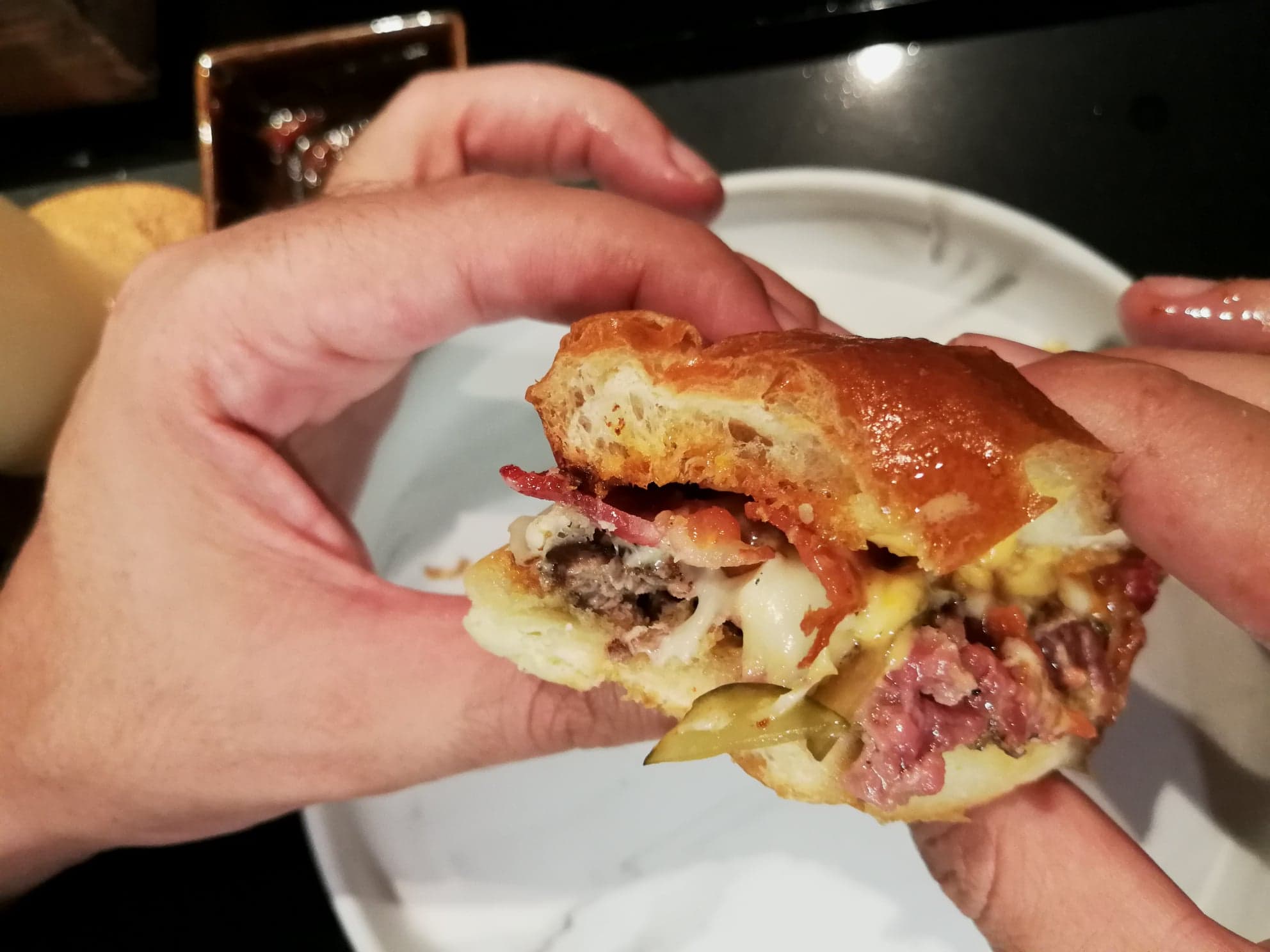
FIND IT:
Homeburg
Hubba-to Coworking Space
Habito Mall, 3rd Floor, 45/19 Sukhumvit Road
BTS: On Nut
By reservation only, currently booked through the end of September
